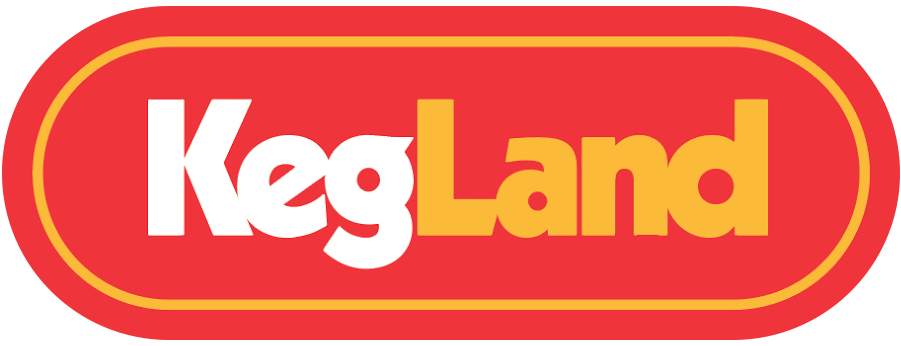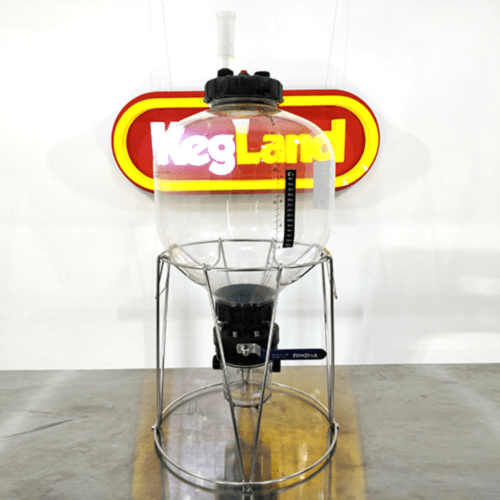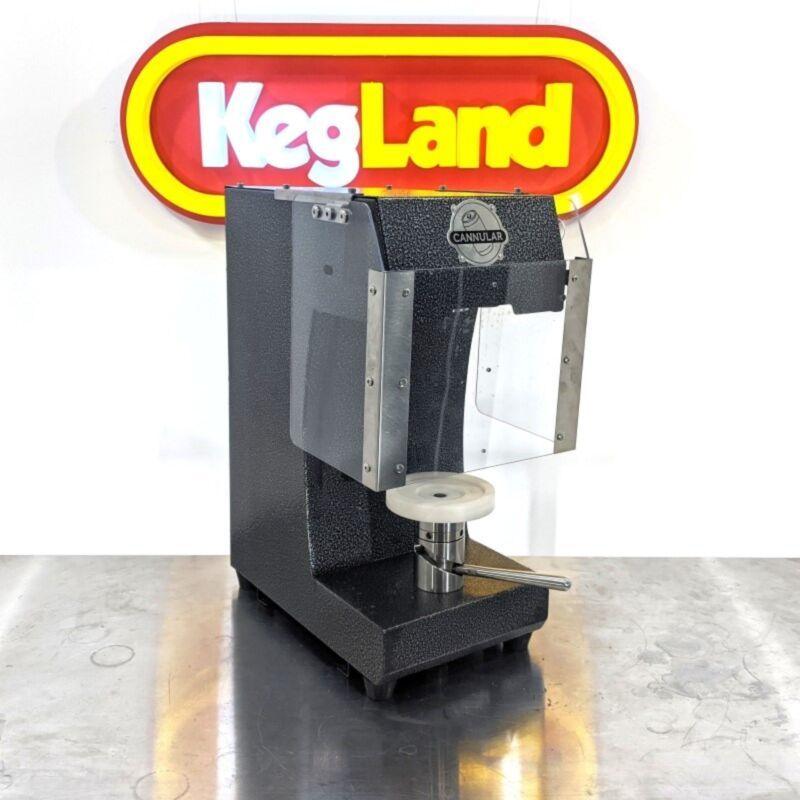So, water chemistry. What the heck is it anyway?
If you have been brewing for a while, then you have quite possibly heard the term “water chemistry” or “brewing salts” bandied about.
If you are thinking about making the leap to all grain brewing then it is something you will definitely encounter sooner rather than later.
If you have been brewing all grain for a while but have not yet playing with brewing salt additions then maybe now is the time to start.
Let’s be clear here. Adjusting your water profile is simple, and it can make the difference between brewing a good beer and brewing a great beer.
Look, for some styles it won’t make that much of a difference. But if you are chasing a super hoppy West Coast IPA, or a soft, full bodied and juicy NEIPA, then adjusting the water profile will absolutely make a noticeable difference.
And guess what?
It’s actually dead simple.
Know what your base water profile is.
Know what your target water profile is.
Adjust the base to match the target using a few simple brewing salts.
There are a few steps here.
KNOW YOUR WATER
Before you can build a specific water profile, you need to know what is in the water you are brewing with.
If you are using RO (reverse osmosis) water, then this is pretty simple – you can assume zeros across the board, basically.
If you are using tap water (from whatever source) then you will need to find out the mineral profile. Often this is as simple as jumping online and checking out the website for your water provider. You may need to have your water analysed if not using a municipal source. We actually provide this service through the website, if interested.
Lastly, there are various kits available to purchase on line for testing your water at home.
Regardless of how you determine the makeup of your water, we are looking to find the quantities of the following minerals:
pH & Alkalinity
Sulfate (SO4)
Chloride (Cl)
Calcium (Ca)
Magnesium (Mg)
Sodium (Na)
1: pH and alkalinity
This is a measure of how acid or alkaline your water is. Adjusting pH is particularly important for the mash – mash pH should be between 5.2 - 5.6, which will help (amongst other things) getting the best conversion from your malt.
2: Chloride and Sulfate
These are the big boys. The main players, if you will. You’ve almost certainly hear the term “chloride to sulphate” ratio – this is one of the most common points of discussion when brewing a beer or designing a recipe. As a general rule, more chloride gives a softer body, whereas more sulphate will accentuate hop bitterness.
The other elements are important, but not often adjusted except for very particular styles, apart from magnesium sulphate which is used in many profiles.
What Do I Need?
Luckily, this is actually where it gets simple.
You need a pretty basic kit to get started.
Calcium Chloride (Pickle Crisp)
Magnesium Sulphate (Epsom Salts)
Calcium Hydroxide (Slaked Lime)
And some Phosphoric Acid to adjust pH.
These chemicals are all you need to dial in almost any water profile you could possibly want to brew with!
Luckily, we have a Starter Kit that contains every item on the list.
/products/ph-buffer-solution-3-pack-4-00-6-86-9-18">buffer and storage solutions to keep it calibrated and in good condition and a decent set of scales accurate to 0.1g.How Does It Work Then?
Right. We’re armed and ready. Let’s go.
Basically, there’s no getting around this, but to accurately calculate brewing salt additions, you need good brewing software.
There’s several to choose from, but Brewfather is head and shoulders the best.
It’s just so powerful and easy to use.
Firstly, select your base water profile. This may already be in the database. Otherwise, you will need to enter it manually. You only need to do this once.
Then, enter or import your recipe. From the ‘water adjustments’ tab, your base profile will be selected. Simply choose the target water profile you want (or enter a target profile manually if needed) then hit “AUTO”. Brewfather will calculate the water additions for you. It’s that easy!
You will see that Brewfather has built in profiles for almost every style of beer you want to brew – I can’t recall a time when I needed to manually input a profile.
How Do We Add The Brewing Salts?
This is pretty simple. Add the brewing salts according to the recipe before you start heating the mash water. They will dissolve pretty readily as the water warms up to strike temperature. You can elect to add all the salts to the mash water or split between mash and sparge water. Again, Brewfather will calculate this for you as you choose.
To test your mash pH, it’s best to wait 10-15 minutes into the mash before pulling off a sample. It is very important to cool your sample to room temperature to take the reading. Temperature affects pH, and we are always aiming for a mash pH of between 5.2-5.6 at around 20°C. Most of the time when brewing, pH will need to be adjusted down rather than up, so small amounts of phosphoric acid would be used. Again, you can use Brewfather to calculate the required amount, and verify by testing.
In the rare event that you need to increase mash pH, then baking soda is all that you will need.
Remember, as a general rule of thumb, have a higher chloride to sulphate ratio for body and softness, and a higher sulphate to chloride ratio for hoppy beers.
What Brewing Profile To Choose?
This is usually pretty easy. Most decent all grain recipes will include either target profiles, or at the very least a chloride/sulphate ratio to aim for. For example, our All Grain Recipe Kits all come with instructions to adjust the water to the desired profile (based on RO water and brewing in a 35L BrewZilla). You can easily use Brewfather to adjust this if needed.
If in doubt, just check out the different water profiles in Brewfather and choose the one that most suits the style of beer you are aiming for. A judicious Google search for the style you are brewing often can turn up a specific profile as well – there's a lot of beer nerds out there!
Well, that’s it. As ever, feel free to contact the staff at Kegland if you have any specific questions, and, as ever, happy brewing!






